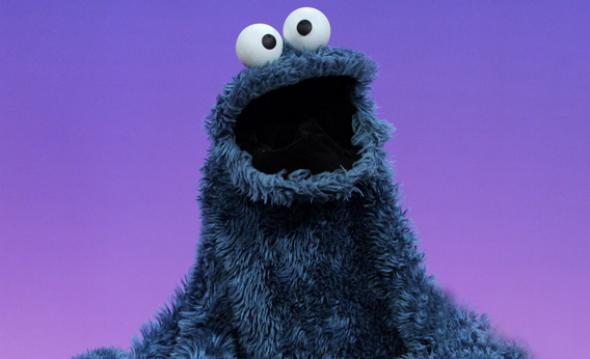On the surface, there is nothing pernicious about the news that HBO will begin providing financial backing for five seasons of Sesame Street, which would air on the premium cable network nine months before reaching PBS viewers. As Emily Steel explained in the New York Times, the nonprofit Sesame Workshop has struggled to keep up a robust production schedule for the long-running children’s educational program, largely due to declining revenues from licensing and DVD sales. What’s more, PBS only accounts for about one-third of Sesame Street’s viewership—most kids stream the show and would be unaffected by HBO’s involvement, which would bring in enough money to produce twice as many new episodes per season and spin off new programming.
In practical terms, this is good news all around. In symbolic and historical terms, however, it’s terribly sad. To understand why, we just need a bit of history.
The historical moment that made Sesame Street possible is unimaginable today. (Exhibit A: During one of the 2012 presidential debates, Mitt Romney held up Big Bird as an example of wasteful government spending. As PBS later pointed out, “the federal investment in public broadcasting equals about one one-hundredth of one percent of the federal budget.”) The public television producer Joan Ganz Cooney got the idea for Sesame Street in 1967, during the decade of the War on Poverty, which produced the Economic Opportunity Act of 1964—among other things, this established Head Start, the health and education program for low-income pre-school children and their families—as well as Job Corp and the Social Security Act of 1965. And 1967 was also the year that Congress established the Corporation for Public Broadcasting, which brought us PBS and NPR.
In this fertile progressive epoch, Ganz Cooney raised $8 million (from the CPB, the U.S. Department of Education, and various foundations) to found the Children’s Television Workshop. Its flagship show, Sesame Street, had the mission of teaching basic alphabetical and numerical concepts to children ages three to five.
Ganz Cooney’s big bet was that the television set, present in 97 percent of American households by the mid 1960s, could become a delivery device of early education even to some of the poorest and most culturally deprived households. It could help close the gap between affluent children and their lower-income peers. As I wrote in the Bulletins of the Serving Library in 2012:
Though it receives little in the way of taxpayer money, one could almost think of Sesame Street and Sesame Workshop as a modern-day Works Progress Administration (WPA), enlisting filmmakers, writers, actors, musicians, songwriters, and other artists to build a creative public utility. And it really was a utility, nearly as ubiquitous as electricity or public schools. In 1978, 95 percent of households in East Harlem and Brooklyn’s Bed-Stuy with children between the ages of two and five watched Sesame Street. That figure was slightly higher across Washington, D.C.; nationwide it held at 80 percent even. By 1979, after a decade on the air, nine million American children under the age of six were watching it daily.
Ganz Cooney was right about Sesame Street’s potential reach—and right about its potential impact. As a watershed study by the University of Maryland’s Melissa Kearney and Wellesley College’s Phillip Levine found, the show’s pedagogical benefits are on par with those seen in Head Start, and it “left children more likely to stay at the appropriate grade level for their age, an effect that is particularly pronounced among boys, African Americans and children who grow up in disadvantaged areas,” as the Washington Post recounted.
In short, Sesame Street was founded to help low-income kids keep up with their more affluent peers. That is literally why it exists. It succeeded beyond anyone’s expectations. And now it is becoming the property of a premium cable network, so that a program launched to help poor kids keep up with rich kids is now being paywalled so that rich kids can watch it before poor kids can.
That in itself is not a tragedy or an injustice. Tragedy is the devastating funding cuts that Head Start has suffered in recent years, affecting tens of thousands of young children. Injustice is the nationwide lack of subsidized high-quality child care and universal pre-K. In this context, relocating Sesame Street to the gated community of HBO—even if that community’s gates swing wide at nine-month intervals—is only to be expected. There could be no more cruelly perfect metaphor for the ultra-efficient sorting processes of socioeconomic privilege.
